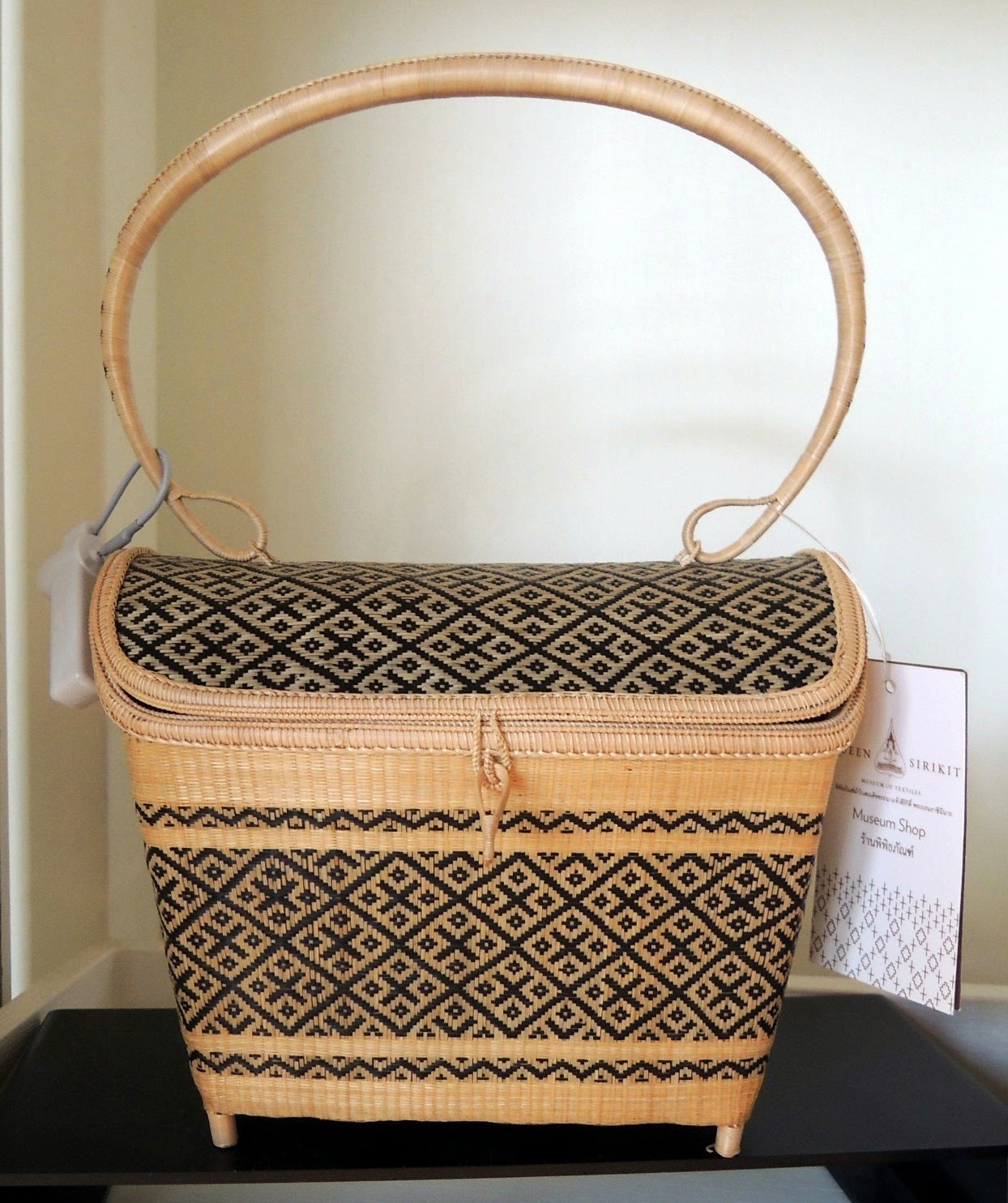First we walked to the barges to go via the river to the palace. On the way we passed a morning market.
 |
| Market just off the street |
 |
| Cooking food to sell--a common sight at such markets |
 |
| Mangosteens, about $1.50 per kilo |
 |
| Tamarinds, about $1.85 per kilo or 84 cents per lb |
 |
| Small clams, some open and then not etible |
 |
| Apples , about 57 cents a lb. At first I thought they were peppers. |
 |
| Unusual roots of tree along way |
Interestingly enough, this boat service has an entry on Wikipedia!
http://en.wikipedia.org/wiki/Chao_Phraya_Express_Boat
and its own website in both Thai and English!! I wish I had seen this before heading out. Oh well, I did have an adventure or two! Along the way I bought some dried fava beans with seaweed. Yum!
The Grand Palace area was immense...and overwhelming. We paid the 500 baht fee or about $15 to enter and also rented head sets to explain the areas. Marcy had to leave her credit card or passport to secure the return of the head sets (within two hours).
The palace complex was founded in 1782 when King Rama I became king./ This building site was originally intended as the temple of the Emerald Buddha and the roay residence, to replace the raoy palace in Thonburi, just west of the river.
 |
| Hermit doctor near entry |
 |
 |
| An important multi-armed deity |
The following is a Ceylonese-style pagoda covered in gold mosaic with relics of Buddha inside.
This is the Phra Viharn Yod in the shape of a Thai crown
 |
| Incredible art work, small Buddhas |
 | |
| 15th century Buddha from Java |
 | |
| Golden Chedis, Mythical creatures around base |
 |
| "Eight Prangs" dedicated to 7 Buddhist precepts |
 |
| Guardian Giants, in pairs at different entrances |
 |
| a Guardian Giant up close |
 |
| Goddess Kunlam |
 |
| Hor Phra Khanthara Rat, close up |
Below is a close up to the building where the Emerald Buddha is stored. No photos are allowed inside the building. There are legends about this smaller Buddha, which you can read about at:
http://en.wikipedia.org/wiki/Emerald_Buddha
Basically, the Buddha was taken by ancestors of the Lao when they captured/raided Angor Wat (now in present day Cambodia). In 1779 it was captured and taken to Siam/Thailand where it resides today. It is kept in a large incredibly ornate building.
Above are Chinese statues which were used as ballast in shipping from China to Thailand. They are definitely works of art but were not considered so when used for ballast!
As we walked past these buildings, we were entering the newer section of the Royal Palace, the part still used today.
The king and queen are revered by many, but the king is quite elderly and infirm. His wife also suffered a stroke several years ago and has not appeared in public since then .She met Bhumibol (the future king) in Paris, where her father was the Thai ambassador. They married in 1950 and she needed her parents' permission as she was not yet 18., shortly before the king's coronation. Sirikit was appointed Queen Regent in 1956. He is the longest reigning monarch in the world (although his powers have been greatly reduced).
 |
| Royal Palace |
Guards are stationed around the Royal Palace in strategic locations. They reminded me of the guards in London, but they did not stand as still as the Brits did.
Lots of information can be found at:
http://www.palaces.thai.net/day/index_gp.htm
http://en.wikipedia.org/wiki/Grand_Palace
We had had enough of the palace and were hungry so we returned our headphones and went across the street to one of the many eateries and had a lovely lunch.
 |
| Chicken curry (under $3) |
http://www.qsmtthailand.org/collection.php?id=47&lan=en
The Museum of Textiles is new, established in 2012. It is open daily from 9 to 4:30 except for Buddhist holidays, as I found out.
I cannot find the background information online, but we heard/read that the government outlawed traditional clothing in 1945. We were not sure why, possibly to modernize the country? In any event, in 1959--1960, the king and queen were traveling to the US for a month and Europe for 5 months. The queen not only wanted to represent Thailand but also Thai women. She wanted to wear clothing that represented Thailand, so she had a number of experts gather photos from the past and help create clothing that would befit her. Eight different styles were created and the clothing she wore on the trip (as well as her husband) are on display here as is the history on the creation of the clothing.
 |
| A photo from Bangkok Post article |
 |
| A picture from the web from Bangkok Post from this museum |
She also helped to keep Thai basket weaving alive. I could take these photos as I was in the gift shop.
http://www.qsmtthailand.org/ http://www.bangkokpost.com/print/290843/























1 comment:
Now day, everything is going to find a new but well settled and successful stream for their career. When I came to this blog, I really impressed by all the knowledge points mentioned here. Thank you for this assistance.
ถั่ง เช่า แคปซูล pantip
Post a Comment